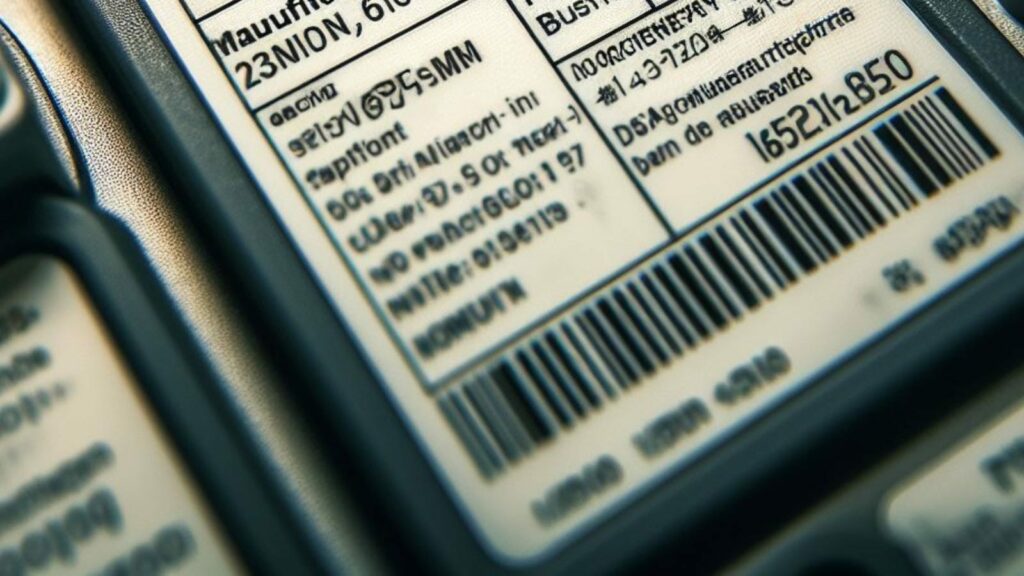What is a Manufacturer Part Number (MPN)?

In today’s interconnected marketplace, accurate product identification and tracking are essential for consumers and businesses alike. Two key components in this process are Manufacturer Part Numbers (MPNs) and Universal Product Codes (UPCs). In this article, we will explore the significance of MPNs, their usage, and their relationship with UPCs.
MPNs (Manufacturer Part Numbers):
MPNs are unique identification codes assigned by manufacturers to specific products or components they produce. They serve several critical functions:
- Product Differentiation: MPNs distinguish similar products from different manufacturers, making it clear they are distinct items.
- Inventory Management: MPNs streamline inventory tracking and management, aiding businesses in maintaining stock levels and reordering.
- Simplified Communication: MPNs simplify communication within the supply chain, reducing errors in orders and deliveries.
How Are MPNs Used?
MPNs find application in various industries:
- E-commerce: Sellers use MPNs in product listings on platforms like eBay, helping buyers find exact items.
- Retail: Retailers label products with MPNs for easy customer identification and accurate purchases.
- Manufacturing: Manufacturers employ MPNs for tracking components and ensuring quality control.
- Warranty and Support: MPNs assist in identifying product specifications and history when registering for warranty or seeking support.
The Relationship Between MPNs and UPCs:
MPNs and UPCs serve similar purposes but differ in key ways:
UPCs (Universal Product Codes):
- Designed for Point of Sale: UPCs are barcodes used primarily for quick and accurate scanning at checkout.
- Universal Categories: UPCs represent product categories, allowing retailers to manage inventory efficiently.
- Less Granular: They provide broad categorization and do not distinguish minor product variations.
- Administered by GS1: UPCs are administered by GS1 to ensure global uniqueness.
MPNs (Manufacturer Part Numbers):
- Unique to Products: MPNs are specific to individual products or components, even with minor differences.
- Used Internally and in Listings: Manufacturers assign MPNs for internal tracking and communication, and sellers use them in e-commerce listings.
- Higher Granularity: MPNs offer detailed product information, aiding buyers in finding precise items.
- Assigned by Manufacturers: Each manufacturer assigns its MPNs, and there is no centralized authority governing them.
In summary, MPNs and UPCs play vital roles in product identification, but they have distinct purposes and characteristics. MPNs are used for internal tracking, product differentiation, and detailed listings, while UPCs simplify checkout and inventory management at the point of sale.
Understanding the differences between these codes is essential for efficient inventory management, accurate tracking, and improved customer experiences in the world of commerce. Both MPNs and UPCs contribute to ensuring the right products reach consumers, streamlining operations for businesses and enhancing the shopping process.
